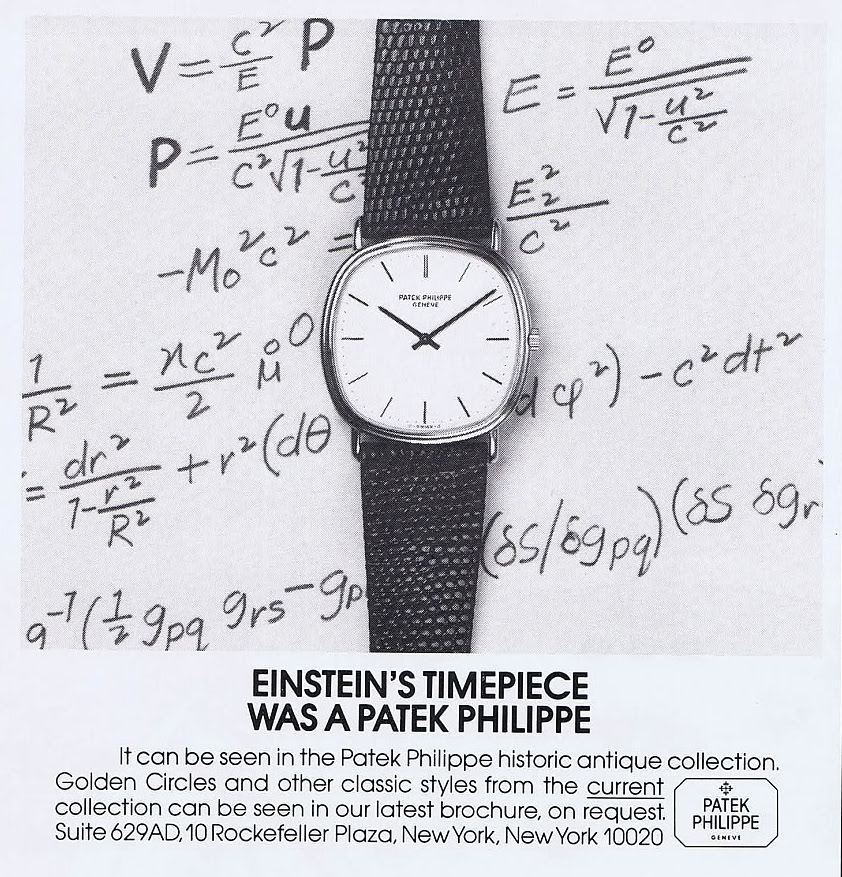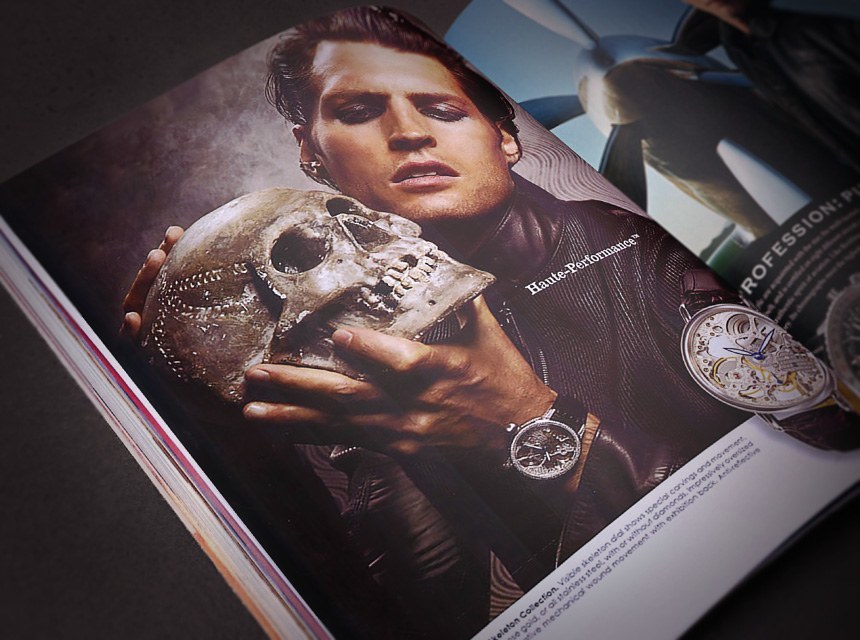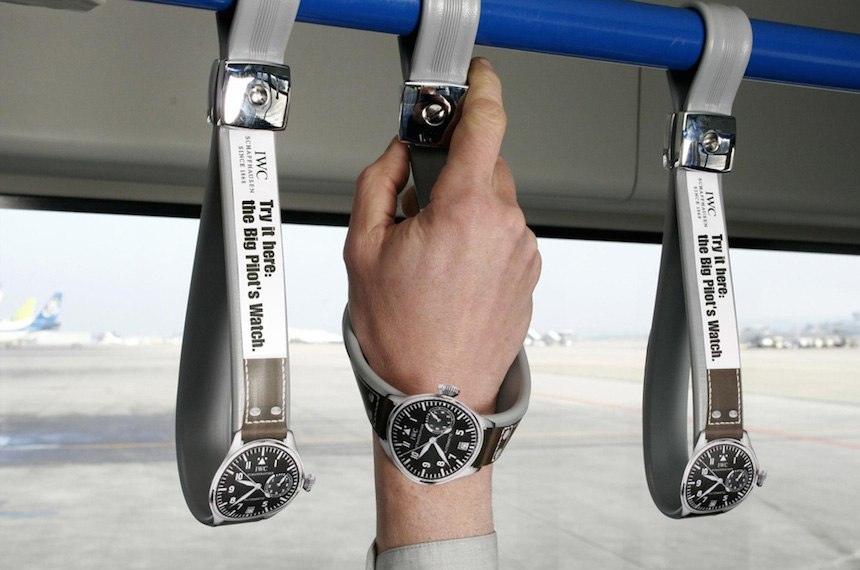
A possible instagram-gem: just replace the Michael Kors with whatever else diamond encrusted you see fit
The term “douchebaggery” has been used by myself and others to describe many of the ways third-party incentivized social media voices portray themselves online. User initiated social media sharing in the watch space has in many ways degraded after its novelty phase. Users are often seen as merely trying to self-aggrandize or promote themselves in less-than-humble manners, in addition to offering content of questionable utility when it comes to helping people make informed watch purchase decisions. At their heart, timepieces are items that consumers can form deep personal connections to because of their design and the craftsmanship inherent in their construction. Mixing them with scenes better suited to rap videos, where wealth and excess are promoted, tend to be at odds with the very personal buying decisions involved with choosing a watch.
More clinically, the issue with a lot of the watch-related content on social media is that it is user-focused versus consumer-focused. Advertising is often about the viewer (consumer). It speaks to them, focuses on them, and is meant to appeal to them. That is “consumer-focused” in the way I use the term here. User-focused content treats the consumer as a bystander and is focused more on satisfying the ego or needs of the entity sharing the content. Such media communicates messages such as, “look where I am, look what I am doing, look what I have, look who I am with.” Such content shifts focus away from the consumer and prevents them from meaningfully engaging with content. While watch brands perhaps cannot control this behavior, it isn’t in their best interest to support it.
At its heart, the goal of marketing in any industry is to make people aware of your products as services, and ideally target that messaging in order to reach the right customers. Another reason the luxury watch industry has continued to struggle with this is because the nature of their products are, in many instances (increasingly so), too complex for the average consumer of today, who has little or no experience with mechanical timepieces, or timepieces in general.
A final area I have not touched on much is event and celebrity sponsorships. Some of the most important marketing relationships in the watch industry are the result of a successful and long-term sponsorship relationship. Good examples are Omega and the Olympics, or Rolex and its many “Testimonies” (ambassadors) who have been part of the brand image for decades. In an attempt to replicate this success, watch companies are increasingly trying to partner with people, places, and events in order to share their messages and values. In many instances, this is possible when it comes across naturally. However, in what sometimes feels like a desperate attempt to reach an urban American consumer, watch brands are increasingly working with events and personalities that have little to no connection with their brands.

There clearly is power to “brand ambassadors,” let them be supported by the brands, or supporters of the brand – this Patek ad gives an example to the latter
One thing that many watch collectors do not realize is that watch brands often cannot solely rely on watch collector sales alone. In fact, many watch brands have totally separate products that they deem to be mainstream or for collectors. This often also translates into separate marketing practices when communicating with the “enthusiast,” versus the mainstream consumer. However, what ends up happening a lot is that the information intended for collectors is menial, while the expensive messaging campaigns intended for the more general public often miss the mark.
This is a relatively new challenge for watch brands, who have, for most of their existence, relied on watch retailers and jewelers to create demand for their products. Over the last 20 years, watch companies have needed to act like a “jack-of-all-trades,” designing, producing, marketing, and selling their watches. This hasn’t been easy for many of them and is still an ongoing learning process for all but the most sophisticated of brands. The question is, with all their efforts, budget, and international reach, is luxury watch marketing working as well as it could, or failing too often?

An arguably older, more traditional advertisement of a Rolex and Tudor dealer we saw on the streets of Hong Kong
Consumers are perhaps the greatest voice to poll when trying to determine if the luxury watch market as a whole is winning or losing the marketing battle. Is demand for timepieces high because the product still speaks for itself, or is a large portion of the watch consuming public less aware of product virtues and more invested in marketing messages?
Of course, the reality is that there are failures, who need massive amounts of improvement, and a few top brands, who have an incredible ability to juggle the many things a modern watch brand needs to take care of in a post-wristwatch-as-a-necessity age. One final thought is that watch brands should be cognizant of the fact that, more and more, consumers are expressing resentment and anger in the digital space. Of course, all industries have their share of “unsatisfied customers,” but complaining consumers who feel as though they have gone for too long without response will continue to complain. In a space where purchases are fueled by desire and not need, that is something companies should seek to remedy.

What are consumers angry about? That is difficult to determine because, often times, people express their anger in ways that don’t appear to be related to their actual grievances. I think consumers feel that watch brands are asking a lot of them. Asking them to put up with very high prices (sometimes un-sustainably so), long wait times for inventory, long wait times for too-frequent servicing, marketing efforts that feel as though they go against the character of the brand that a consumer enjoys, and a degree of communication opaqueness that creates unanswered questions in the consumer’s mind.
So I conclude this essay about the potential failures of modern luxury watch marketing, once again, with an open question to the audience: is watch marketing failing? (There are no wrong answers.)


